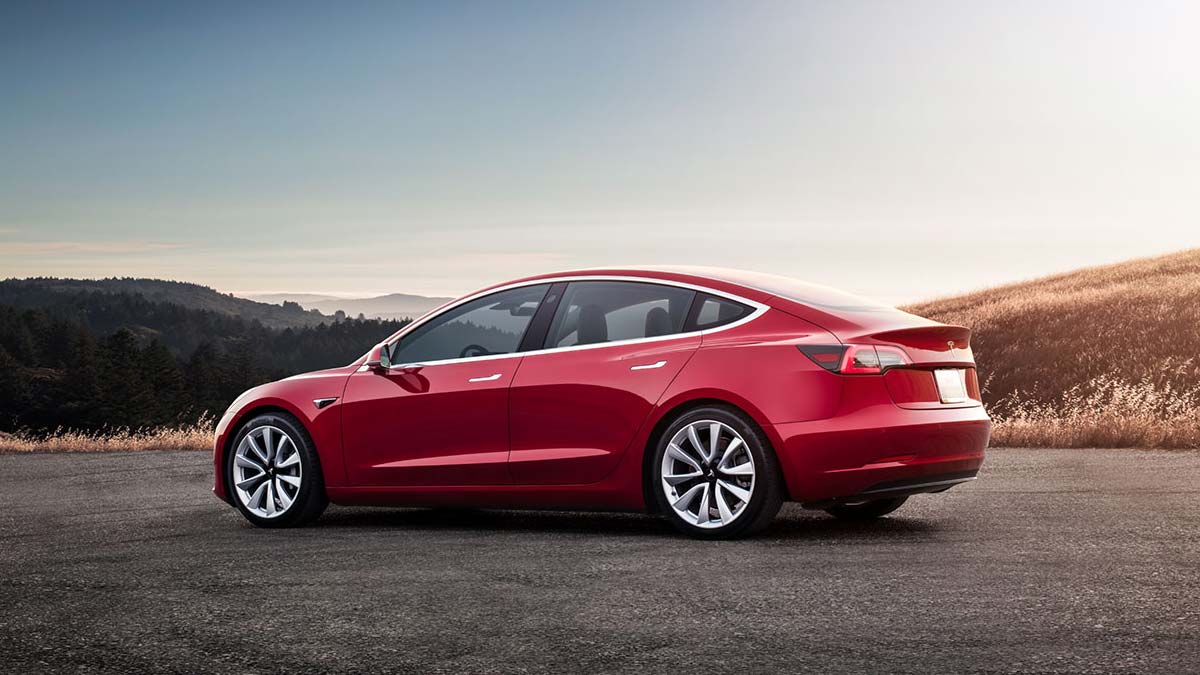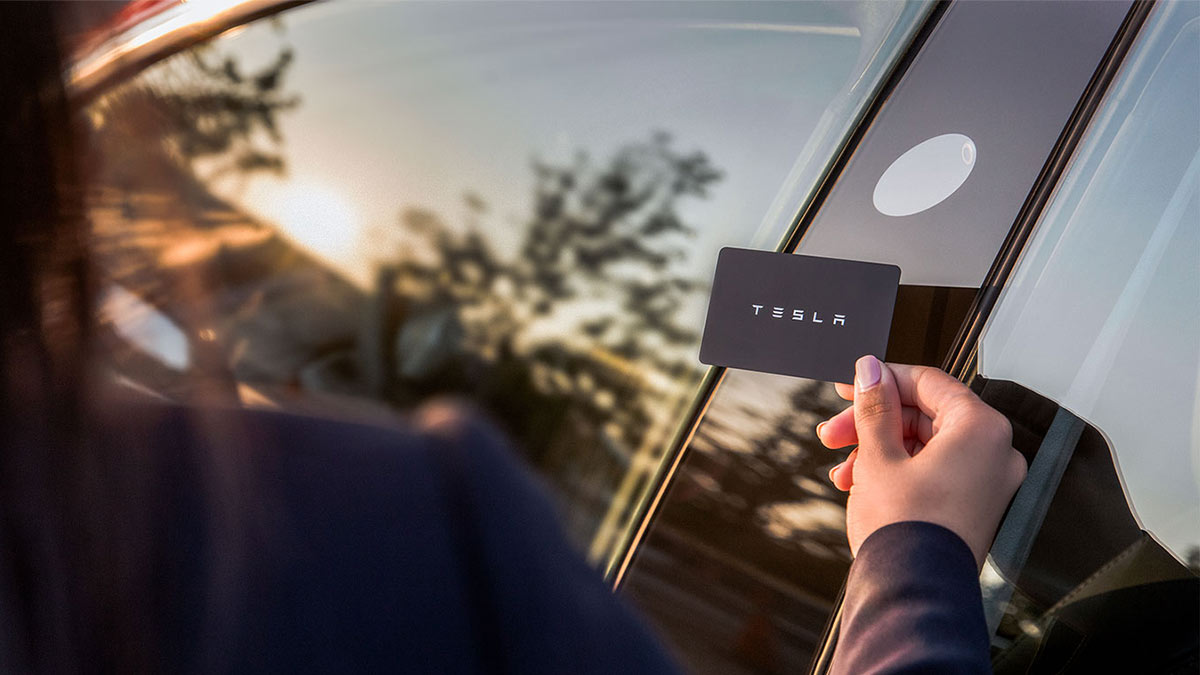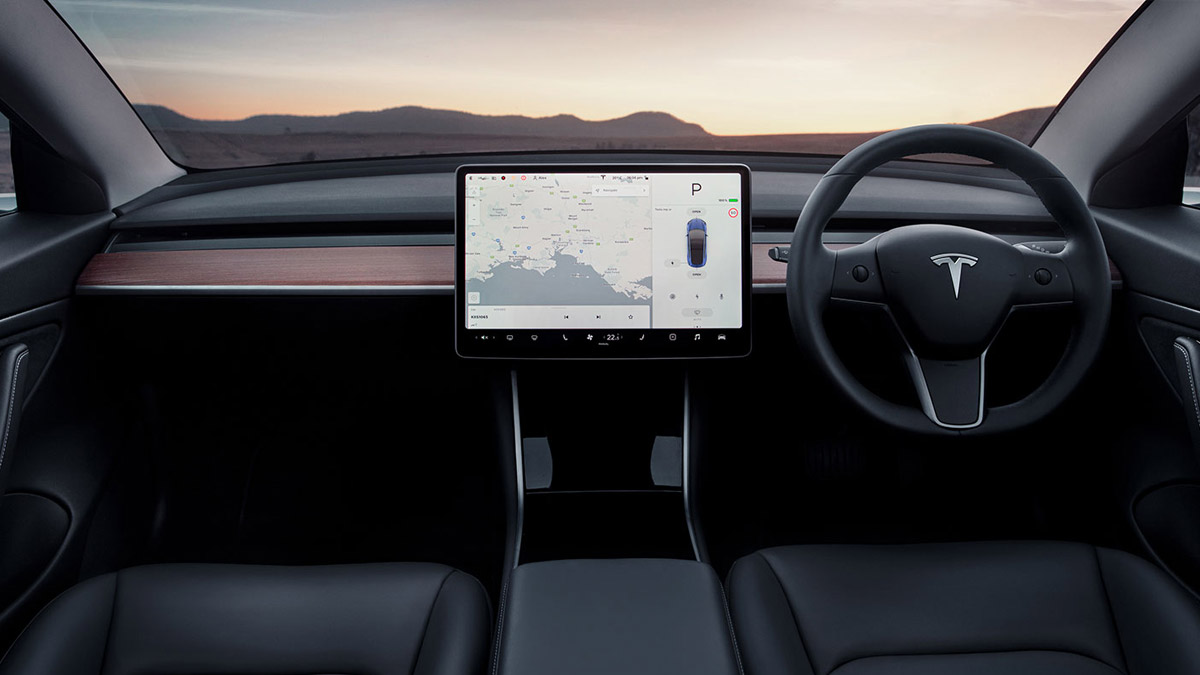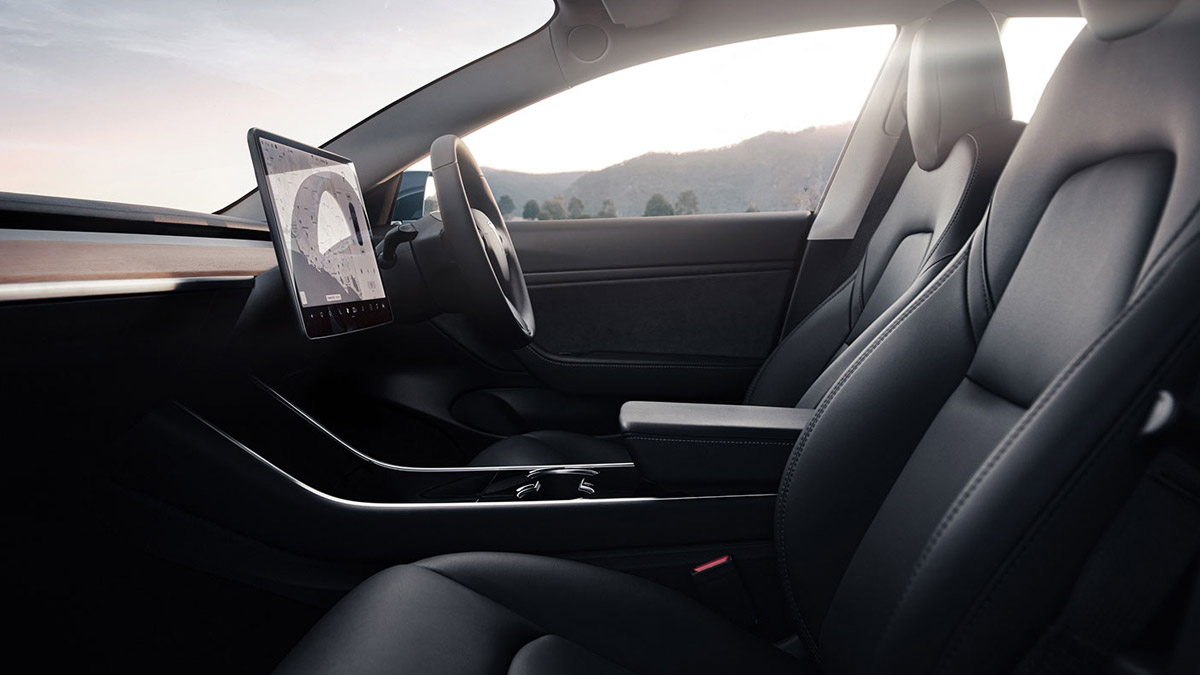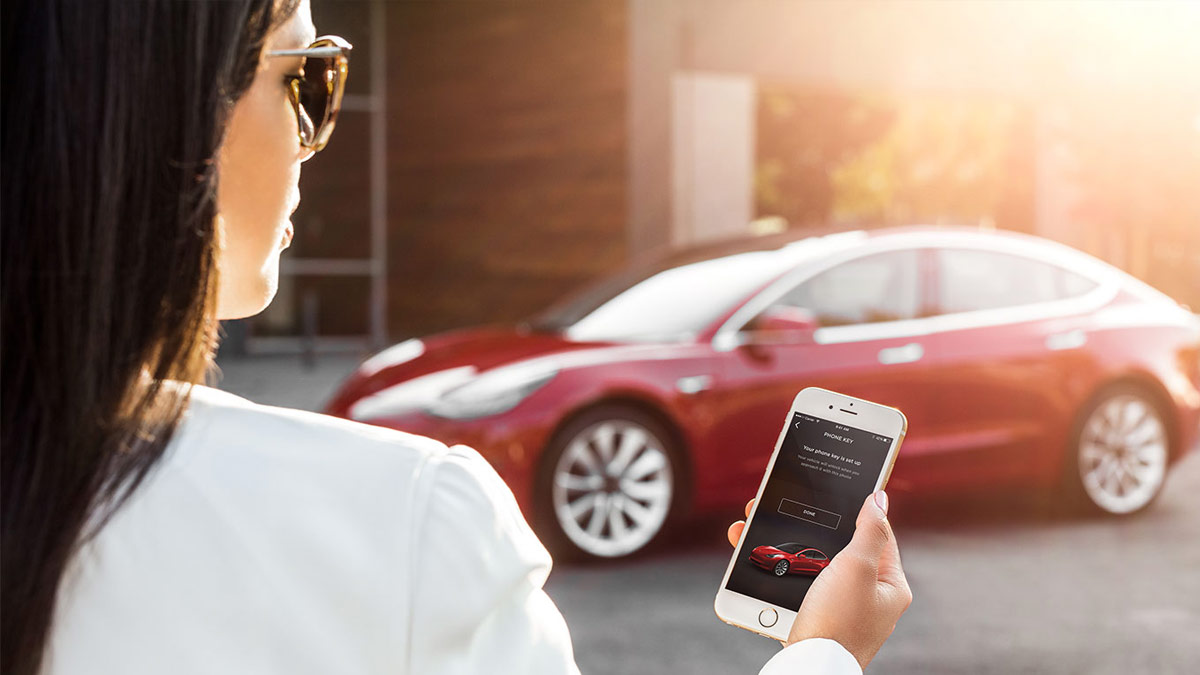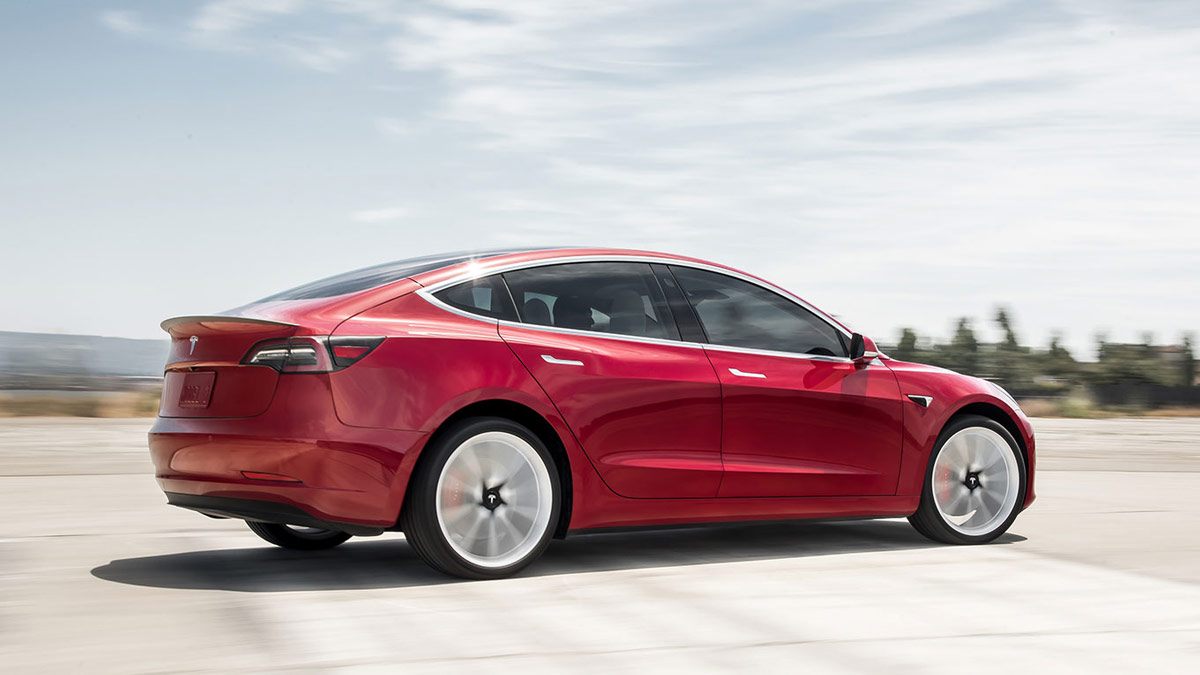The ninth-generation Toyota HiLux has arrived, bringing with it a futuristic forward exterior design, more safety and tech and the same rugged capability owners love. Will the updates tempt private buyers away from the Ford Ranger or are they just enough to keep fleets onside?
Tesla Model 3 2019 road test review

Tim Nicholson powers up the new Tesla Model 3 for a road test.
Until recently, Tesla models were out of reach for a lot of buyers because of their premium pricing. But the Model 3 small four-door sedan that arrived in mid-2019 was intended to change that. While it is still an expensive car by many people’s standards, it is the most affordable Tesla by some margin. Priced from $67,900 before on-road costs, the Model 3 is close to half the price of the entry-level Model S and Model X.
Thumbs up
Relatively affordable EV with sportscar-like performance and a truckload of safety and in-cabin tech features.
Thumbs down
Love-it-or-hate-it minimalist interior design, it should have been a liftback, drab cabin materials, poor visibility.
The pricetag of the Model 3 tested here in Standard Range Plus rear-wheel-drive guise is only slightly higher than a Hyundai Kona Electric Highlander ($64,490 before on-road costs), but it’s significantly cheaper than the Jaguar I-Pace ($124,100-$146,000). While we are big fans of the Kona Electric, a lot of people will be lured by the exclusivity of the Tesla badge for only a few grand more.
Our Model 3 was fitted with full self-driving capability ($8500) as part of the Autopilot semi-autonomous system, while premium paint adds $1050. All up, our Model 3 cost $76,425, including all on-road costs.
In the metal, the Model 3 looks like a shrunken Model S, which is no criticism. The ‘solid black’ paint job ups the sex appeal. Few cars we have tested in recent months have turned heads quite as much as this one.
Unlike its larger liftback-styled Model S stablemate, the Model 3 is a sedan. A liftback configuration would have increased cargo space and aperture of the load area, which is not huge in this model. It seems like a missed opportunity. Still, the 425-litre boot can accommodate several people’s luggage for a weekend away. Then there’s the additional space in the 117-litre ‘frunk’ – or front trunk. As there is no engine in the engine bay, Tesla has used the space wisely. You could easily fit a decent-sized overnight bag or several shopping bags in there.
A benefit of being an EV is the lack of a transmission tunnel running through the centre of the cabin, leaving more room for a cavernous storage compartment in the console.
In this article
Screen time
The Model 3’s interior is an exercise in minimalist design. Tesla says this is to future-proof the car for autonomous driving. When you open the door – unlocked via the Tesla app or a card swipe against a sensor on the B-pillar – your eyes are drawn to the massive 15-inch central screen – because there’s not much else to look at. There are no controls on the dash or centre stack, in fact the only visible switches are the power window-controls on the doors, two steering-wheel stalks, and a pair of dials on the steering wheel. Even the air vents are hidden in a dark strip along the dash. Many people love the ultra-minimalist look, but it’s almost jarringly sparse.
Virtually everything is controlled through that central screen. There is no instrument cluster in the driver’s direct line of sight – even the speedo is on the screen, which means you must look slightly to your left to see what speed you’re going.
Want to open the glovebox? That is done through the screen. To adjust the exterior mirrors or steering wheel, you select the relevant action via the screen and use the unmarked toggles on the steering wheel. It takes some getting used to, but there is some comfort in knowing that all the controls are in one place. It also houses one of the best satellite-navigation systems we’ve used. But you’ll need to get used to fingerprints all over the screen.
The Model 3 even has an ‘Arcade’ function: a selection of games including Mario Kart and Pong, that users can play while waiting around to charge their vehicle. If that’s not enough fun, you can engage ‘fart mode’, which changes the sound of the indicator signal to one of several different fart sounds. Seriously! Thankfully Tesla hasn’t added a ‘scent’ element to this function.
Tesla conducts regular over-the-air updates to add new functionality to the car, which avoids regular visits to the service centre.
A few niggles
The cabin certainly has a modern vibe, but it doesn’t feel particularly premium. The steering-wheel and seat materials look and feel cheap, but the untreated wood panels lift the ambience. We heard a few rattles in the cabin but couldn’t determine where they were coming from. There were a couple of other quirks in the quality – the rubber seals on the rear door frames look hastily fitted, and the lever on the rear seat fold-back mechanism is flimsy.
Also on the downside, visibility is compromised by massive A and C-pillars, and the high-set rear windscreen impedes rear vision. Luckily cameras and sensors are standard to aid parking and other manoeuvres. The Model 3 also has a surprisingly large turning circle for a smallish car.
There’s plenty of leg room and storage in the second row, but anyone over six foot will scrape their head on the roof liner because of the sloping roofline and full-length sunroof.
Prize performance
Much has been said about the performance of Tesla models, and we can happily report that the Model 3 does not disappoint. There are two dual-motor all-wheel-drive variants that are more powerful and offer better acceleration than the Standard Plus we tested, but the entry-level Model 3’s dynamic abilities are seriously impressive.
Acceleration from a standing start is brisk and effortless – as expected of an EV with instant torque – without reaching the ‘ludicrous’ levels of other Tesla variants. The car-maker says it can dash from zero to 100kmh in 5.6 seconds. You can switch between ‘Chill’ or ‘Standard’ modes. We used the latter which offers more than enough performance.
The Model 3 exhibits real dynamic prowess on twisty roads, which we tested on a lovely stretch of winding road in the Yarra Valley. It has serious levels of grip, holding the road flawlessly when pushed into tight bends. It turns in sharply and there is nothing vague about the steering. There is a confidence with the way the car performs that makes it one of the most enjoyable vehicles we have driven in the past year.
The suspension appears to be tuned for performance over comfort as it can be a little crashy over ruts and bumps, without being jarring.
The Model 3’s regenerative braking system is more subtle than the Hyundai Kona Electric and Nissan Leaf systems, and it has a ‘Creep’ mode that lets the car slowly move forward if you take your foot off the brake. This is standard practice in cars with an internal-combustion engine, but a novelty in an EV. An emergency braking manoeuvre proved just how strong the Tesla’s brakes are.
Although the Model 3 is virtually silent on the road from the outside, some road noise penetrates the cabin.
Tesla’s autopilot advanced driver-assistance system has received a lot of attention in recent years, but in practice it is one of the better self-steering systems we have experienced. To engage autopilot you flick the right steering-wheel stalk down twice, and to turn it off, you can give the steering wheel a shake. The car stayed perfectly centred in the lane the whole time the autopilot was engaged, better than similar systems from some premium European manufacturers.
Powering up
One of the main concerns many people have about EVs is driving range. The Model 3 Standard Plus has a WLTP (Worldwide Harmonised Light Vehicle Testing Procedure) range of 409 kilometres – less than the Hyundai Kona Electric (449 kilometres) and Jaguar I-Pace (470 kilometres). Those wanting more from a Model 3 will need to look at one of two dual-motor all-wheel-drive variants –the Long Range (560 kilometres) or Performance (530 kilometres).
Unlike other EV manufacturers, Tesla does not reveal power and torque figures, or battery capacity. However, the federal government’s Green Vehicle Guide says the Standard Plus consumes 18.8kWh/100km of energy – less than the I-Pace’s 21.2kWh/100km.
When we left home for our jaunt to the Yarra Valley, we had 93 per cent battery charge. Travelling almost 100 kilometres from Melbourne’s inner north to the RACV Healesville Country Club via Kinglake, we arrived with 67 per cent charge remaining after some enthusiastic driving. We used the charging station at RACV briefly to increase charge to 71 per cent, which dropped to 53 per cent by the time we arrived back home. We could have easily achieved better results with a more economical driving style. In fact, by the time we returned our test car, we were consuming 18.9kWh/100km – almost bang on the Green Vehicle Guide’s claim. You can check your usage and other helpful info in the energy tab in the central screen.
In terms of charging, Tesla’s Superchargers – found at various locations around the country – provide up to 120kW of power and can add 270 kilometres of range in 30 minutes. Destination charging stations use the same unit as Tesla’s Wall Connector used at home and charge at a rate of 50 kilometres every hour on 32amp or up to 75 kilometres per hour with three-phase. You can use the Tesla app to start and finish charging and can set the vehicle’s cabin temperature through the app as well.
The verdict
The Tesla Model 3 is not perfect. It has some flaws, and there are Tesla-specific quirks that some might not be able to get past. But it is an exceptional car in so many ways. The driving experience is outstanding and the value equation for an EV is also compelling. If you’re ready to make the leap to an EV, the Model 3 is one of the best there is.
| Tesla Model 3 | |
|---|---|
|
Pricing |
List price: $67,900 plus on-road costs. |
|
Drivetrain |
Rear electric motor with one-speed fixed-gear transmission, rear-wheel drive. |
|
Driving range/consumption |
Official rage: 409km WLTP. |
|
Standard safety |
Five-star ANCAP safety rating, lane departure with passive steer assist, lane-departure warning, blind-spot sensor, lane keeping - active assist, autonomous emergency braking, forward-collision warning, adaptive cruise control. |
|
Standard features |
Tinted glass roof with ultraviolet and infrared protection, 12-way power-adjustable heated front seats, auto-dimming, power folding and heated side mirrors, Bluetooth, four USB ports and docking for two smartphones, satellite navigation, custom driver profiles. |
|
Warranty |
Four-year/80,000km new-car warranty and eight-year/160,000km battery and drivetrain warranty. |
